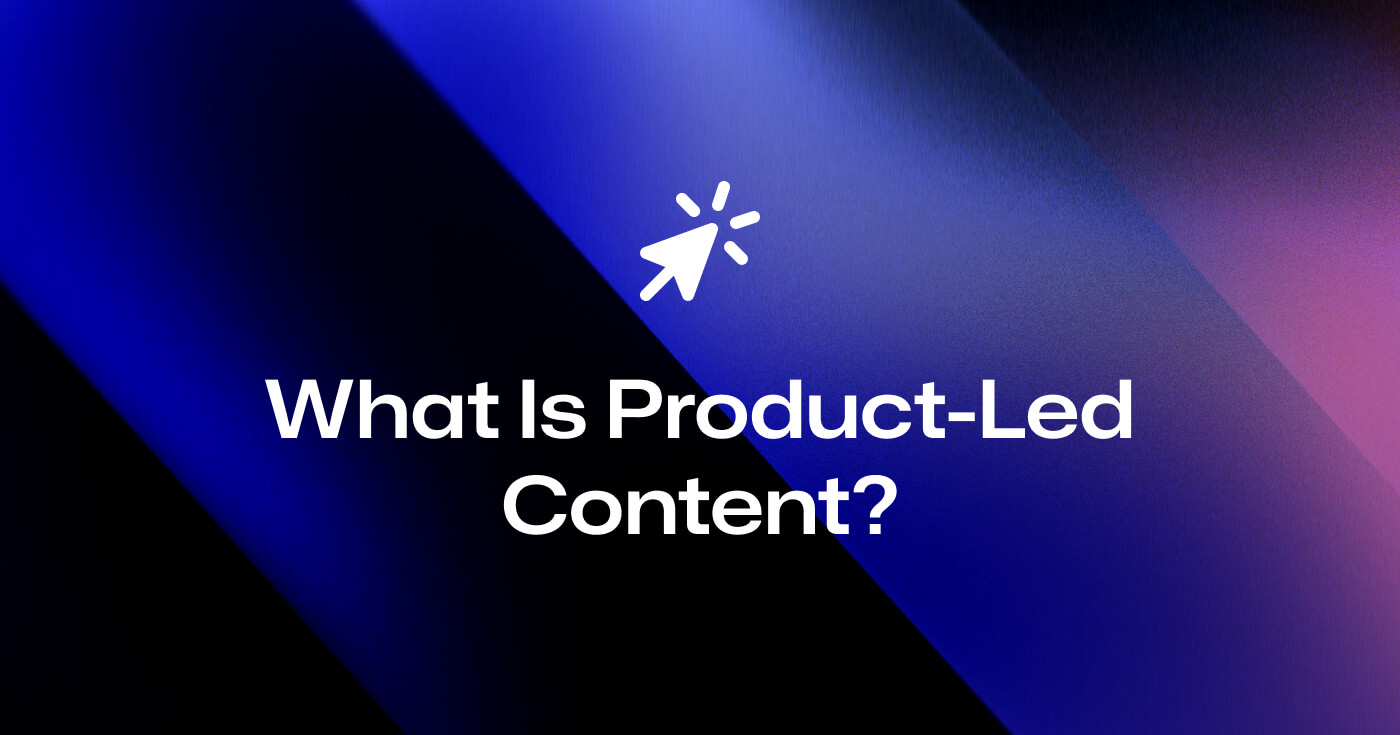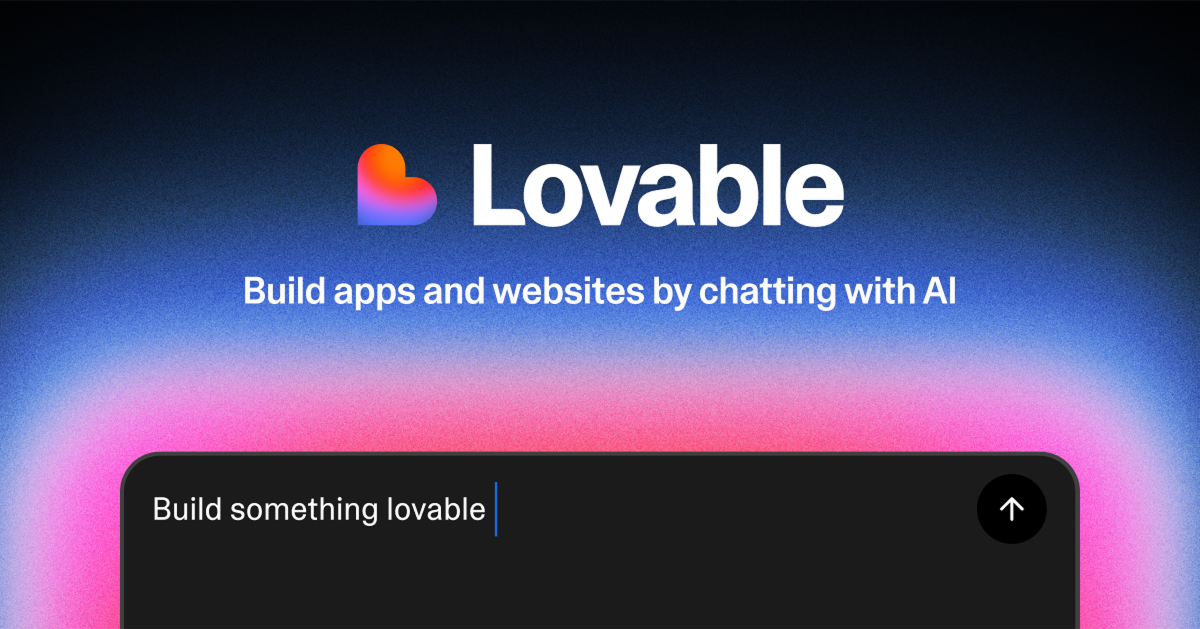Product-led content (PLC) is a transformative marketing approach that emphasizes showing the product’s value rather than conventional marketing tactics.
This strategy places the product at the center of marketing efforts, using content to illustrate its capabilities and benefits directly to the user.
According to the 2023 Product-Led Experience Report by Appcues, 97% of surveyed SaaS professionals indicate their organizations are investing in creating product-led experiences.
This shift demonstrates a significant trend where educating customers is prioritized to enhance brand loyalty and user satisfaction.
In this guide, you’ll learn about product-led content, its mechanics, benefits, challenges, best practices, and future trends, whether you’re a marketer seeking innovative ways to drive engagement or aiming to improve customer education.
Key Takeaways
- Product-led content emphasizes demonstrating product value through educational content.
- Enhanced user engagement leads to reduced customer acquisition costs.
- Integrating product-led strategies fosters long-term user satisfaction and loyalty.
What Is Product-Led Content?
Product-led content is a strategic marketing approach that integrates a product’s value into educational and informative content instead of pushing sales-driven messaging.
This method originated from the growth of product-led growth (PLG) strategies, which prioritize using the product as the primary means of acquiring and retaining customers.
The core principle of product-led content is to create valuable resources that help potential customers solve their problems.
By doing so, marketers can guide them through their journey while subtly introducing the product’s features and benefits.
How Product-Led Content Works
Product-led content focuses on customer pain points, illustrating how a product can solve specific challenges.
This includes methods like how-to articles, case studies, and explainer videos that demonstrate product usability in real-world scenarios.
For example, a software company may create a blog post detailing a common issue its target audience faces, seamlessly integrating the product as the solution throughout the content.
Key Components
- Educational Content: Focus on creating resources that genuinely benefit the user.
- User-Centric Approach: Understand your audience’s needs and preferences to tailor relevant content.
Types of Product-Led Content
- How-to Guides: Articles or videos that assist users in overcoming challenges with the product.
- Case Studies: In-depth analyses showing how users successfully achieved their goals using the product.
- Blog Posts with Product Integration: Informative articles where the product is discussed in context.
- Webinars: Live sessions addressing customer issues while featuring the product. Transcribing audio to text from these sessions allows businesses to repurpose content into blog posts or FAQs, improving accessibility and search visibility.
- Social Media Content: Engaging updates showcasing product use in everyday scenarios.
Benefits of Product-Led Content
Enhanced User Engagement: Eye-opening insights reveal that companies employing product-led content see their user engagement rise significantly. According to Appcues, organizations are experiencing a 200% increase in user engagement through these strategies.
Improved Customer Retention: By giving users a compelling product experience, businesses can foster long-term loyalty. Companies implementing product-led strategies report consistently high user satisfaction.
SEO Benefits: Ranking higher in search results can improve online visibility as valuable content attracts organic traffic. Well-optimized product-led content can differentiate your brand in a competitive landscape.
- Enhanced User Engagement: Eye-opening insights reveal that companies employing product-led content see their user engagement rise significantly. According to Appcues, organizations are experiencing a 200% increase in user engagement through these strategies.
- Improved Customer Retention: By giving users a compelling product experience, businesses can foster long-term loyalty. Companies implementing product-led strategies report consistently high user satisfaction.
- SEO Benefits: Ranking higher in search results can improve online visibility as valuable content attracts organic traffic. Well-optimized product-led content can differentiate your brand in a competitive landscape.
Challenges and Considerations in Implementing Product-Led Content
Content Saturation: With many businesses adopting similar tactics, distinguishing your content becomes increasingly challenging.
Resource Allocation: Companies may struggle to dedicate sufficient resources to develop high-quality product-led content.
Effective Measurement: Organizations often find it difficult to measure ROI from their content marketing efforts, complicating strategy adjustments.
- Content Saturation: With many businesses adopting similar tactics, distinguishing your content becomes increasingly challenging.
- Resource Allocation: Companies may struggle to dedicate sufficient resources to develop high-quality product-led content.
- Effective Measurement: Organizations often find it difficult to measure ROI from their content marketing efforts, complicating strategy adjustments.
Best Practices for Product-Led Content Implementation
Understand Your Audience: Prioritize research to identify pain points and interests, ensuring content resonates with potential users.
Utilize Diverse Formats: Combine various content types, including videos, blogs, and infographics, to reach wider audiences effectively.
Optimize for SEO: Incorporate relevant keywords naturally to enhance discoverability and ranking in search engines.
Measure and Adapt: Use analytics tools to evaluate content performance, allowing data-driven adjustments.
- Understand Your Audience: Prioritize research to identify pain points and interests, ensuring content resonates with potential users.
- Utilize Diverse Formats: Combine various content types, including videos, blogs, and infographics, to reach wider audiences effectively.
- Optimize for SEO: Incorporate relevant keywords naturally to enhance discoverability and ranking in search engines.
- Measure and Adapt: Use analytics tools to evaluate content performance, allowing data-driven adjustments.
Future Trends in Product-Led Content
Increased Personalization: Marketers will rely on user data to create tailored experiences, enhancing user engagement.
Emphasis on Video Content: Video remains a dominant format, with increasing focus on integrating product demonstrations into video marketing.
Greater Adoption of AI: Expect to see more AI-driven tools utilized for content creation and analysis, optimizing marketing strategies and workflows.
Increased Personalization: Marketers will rely on user data to create tailored experiences, enhancing user engagement.
- Emphasis on Video Content: Video remains a dominant format, with increasing focus on integrating product demonstrations into video marketing.
- Greater Adoption of AI: Expect to see more AI-driven tools utilized for content creation and analysis, optimizing marketing strategies and workflows.
How to Get Started with Product-Led Content
Conduct Audience Research: Understand users’ pain points and preferences.
Create Valuable Resources: Develop educational content that addresses users’ specific needs.
Distribute Widely: Use diverse channels—social media, blogs, and email— to promote your content.
Analyze Performance: Regularly review your content’s engagement metrics to inform strategy adjustments.
- Conduct Audience Research: Understand users’ pain points and preferences.
- Create Valuable Resources: Develop educational content that addresses users’ specific needs.
- Distribute Widely: Use diverse channels—social media, blogs, and email— to promote your content.
- Analyze Performance: Regularly review your content’s engagement metrics to inform strategy adjustments.
Frequently Asked Questions
Here are some common questions about product-led content.
What Is Product-Led Content?
Product-led content is a marketing strategy that emphasizes demonstrating a product’s value through educational content rather than direct selling.
How Does Product-led Content Benefit Businesses?
It enhances brand awareness, supports lead nurturing, and improves customer retention by providing informative resources.
What Types of Content Are Considered Product-Led?
Examples include how-to guides, case studies, webinars, and blog posts with integrated product references.
What Challenges Might Companies Face with This Approach?
Companies may encounter hurdles such as content saturation, resource constraints, and the difficulty of measuring effectiveness.
How Can Companies Implement Product-Led Content Strategies?
By understanding their audience, incorporating diverse content formats, optimizing for SEO, and regularly measuring performance.
Conclusion: Embracing Product-Led Content for Marketing Success
Product-led content is an essential approach for marketers looking to adapt to the evolving landscape.
By focusing on delivering real value through educational content tied to the product experience, businesses can foster deeper customer relationships and drive growth.
Engage with your audience by continually adapting your strategies based on their needs, and your marketing efforts will see substantial rewards.

